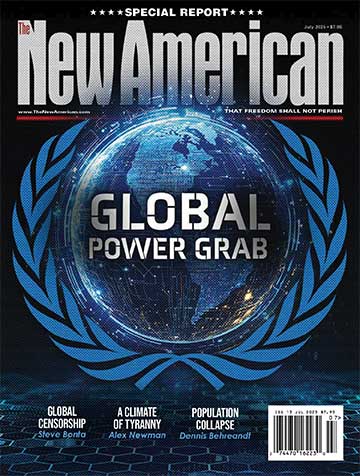
“Analysis Finds No Racial Bias in Lethal Force,” states the headline on a front-page New York Times article on July 11, 2016.
The article by Times’ editors Quoctrung Bui and Amanda Cox summarizes a new study by Harvard economics professor Roland G. Fryer Jr. that focuses on how blacks are treated in the hands of law enforcement.
Blacks “are more likely to be touched, handcuffed, pushed to the ground or pepper-sprayed by a police officer, even after accounting for how, where and when they encounter the police,” report Bui and Cox. “But when it comes to the most lethal form of force — police shootings — the study finds no racial bias.”
On racial disparities in suspects being handcuffed, pepper-sprayed, etc., the Fryer study, “An Empirical Analysis of Racial Differences in Police Use of Force,” states that blacks and Hispanics are more than 50 percent more likely than whites to experience some form of non-lethal force in interactions with police.
Analyses of the level of non-fatal force employed by police based on stop-and-frisk data in New York City between 2003 and 2013 for 10,000 stops of blacks and 10,000 stops of whites in similar situations (accounting for age, gender, high crime times of day, high crime areas, reason for the stops, etc.) show that police were 17 percent more likely to push blacks into a wall, 16 percent more likely to handcuff blacks, 19 percent more likely to draw weapons on blacks, 24 percent more likely to point a weapon at blacks, 18 percent more likely to push blacks to the ground, and 25 percent more likely to use pepper spray and batons on blacks.
Additionally, other research has shown that blacks are more likely than whites to be stopped by the police.
On the prospect of deadly force being used by police, in contrast, the Fryer study concluded that with “the most extreme use of force — officer-involved shooting — we find no racial difference in either the raw data or when contextual factors are taken into account.”
It’s “the most surprising result of my career,” said Harvard economics professor Fryer, the youngest African-American to receive tenure at Harvard and the first to win a John Bates Clark medal, a prize awarded to the most promising American economist under 40.
Fryer’s study “did not say whether the most egregious examples — those at the heart of the nation’s current debate on police shootings — are free of racial bias,” explained Bui and Cox, referring to the highly publicized case of Michael Brown in Ferguson, etc. “Instead, it examined a larger pool of shootings, including nonfatal ones.”
The Fryer study examined 1,332 shootings between 2000 and 2015 in 10 major police departments — Houston, Austin, Dallas, Los Angeles, Orlando, Jacksonville, and four other counties in Florida.
“In those shootings police officers were more likely to fire their weapons without having first been attacked when the suspects were white,” report Bui and Cox.
In contrast, with situations where an officer might be expected to fire, but doesn’t, Fryer focused on arrest data in Houston where lethal force might have been justified, such as encounters with suspects the police subsequently charged with serious offenses like attempting to murder an officer.
The Fryer research found that in such situations in Houston, the police were about 20 percent less likely to shoot if the suspects were black.
Ralph R. Reiland is an associate professor of economics at Robert Morris University in Pittsburgh.




